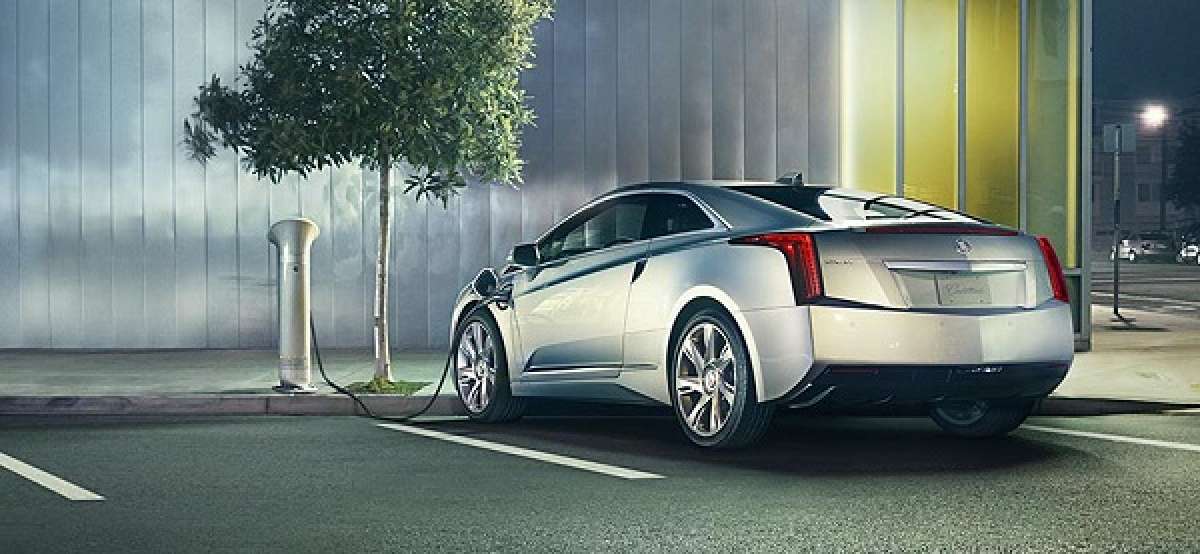Last week Mark Reuss, GM’s executive VP of global product development, confirmed that a new large sedan entrant to the Cadillac lineup known as the CT6 will arrive in fall 2015 and will come with a plug-in variant.
Back in April, GM announced a $384 million investment in the Detroit-Hamtramck assembly plant that produces the Volt and ELR, with the promise that two new models would soon be made at the same facility. One of those evidently is the CT6, the electrified option of which will compete with the likes of the Mercedes S550 and Porsche Panamera plug-in hybrids.
The details we know, and those we don’t
Not a whole lot is known about this CT6, particularly the electrified variant. According to InsideEVs, Reuss indicated that the CT6 will use “the world’s most advanced body structure,” but not aluminum, to lengthen by 8 inches while shedding about 50 pounds from the weight of the current CTS range (which tips the scales anywhere from 3,615 to 3,976 pounds).
A plug-in hybrid will add several hundred pounds for the battery pack, however. The Mercedes S550 plug-in hybrid is a portly 4,718 pounds, over 400 of which are due to the hybrid components.
Given the expected 15-20 mile electric range of the Mercedes and the 37 mile range of the ELR, expect the CT6 plug-in to fall somewhere in between.
We also know that the gas-only CT6 will be rear wheel drive with an 8-speed transmission. However, the powertrain architecture of the plug-in version remains an intriguing mystery. The outstanding Voltec extended-range electric powertrain, used in the much smaller Volt and ELR, does not easily lend itself to the CT6 as an electrified option of a top-of-the-line large sedan.
It is likely that GM will opt for a parallel configuration with a disc-shaped electric motor between the engine and transmission, similar to the layout of the Mercedes and Porsche plug-in hybrids.
An ELR, it is not
The plug-in CT6 will be fundamentally different from the slow-selling ELR because it will only be offered as an option on a vehicle designed to be gasoline-powered, adding several thousand dollars to an already steep purchase price. However, buyers will be getting a lot more car for their money than with the overpriced ELR.
The electrified CT6 will be competing in an entirely different class, will use an entirely different powertrain, and will offer an entirely different driving experience (in both electric mode and range-extended mode) than the ELR. We expect it will be a solid vehicle, but whether it will compete with its German rivals remains to be seen.
Given that the ELR has yet to top 1,000 units this year and that Porsche sold about 1,500 plug-in Panameras through August out of nearly 16,700 worldwide, sales expectations for the CT6 plug-in hybrid should not be overly ambitious. But it offers still further evidence of the industry-wide move towards electrification.





